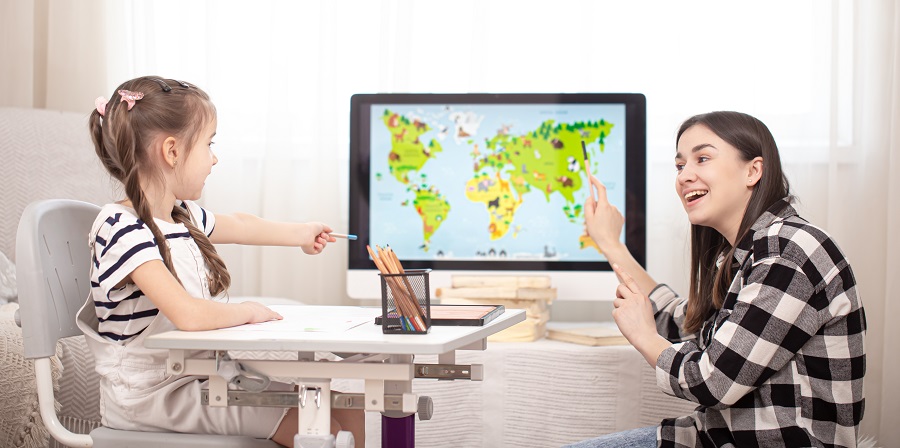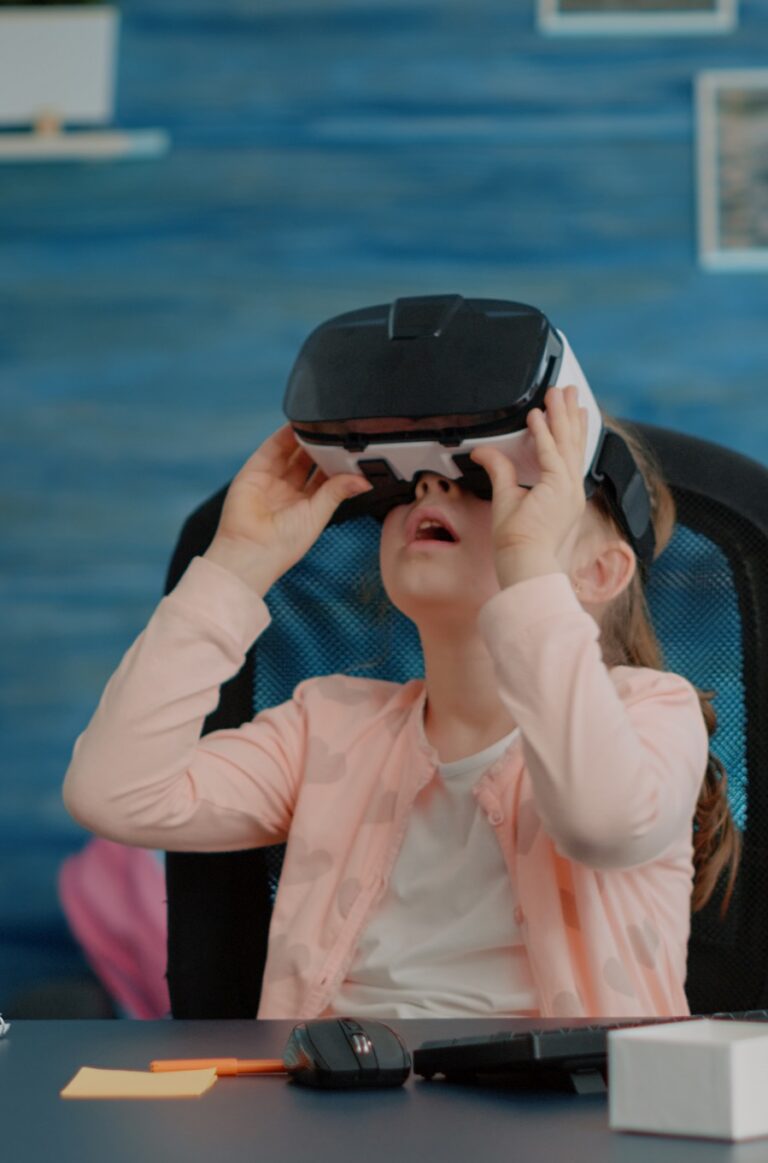How Learning Games Are Shaping the Future of Digital Classrooms
The integration of learning games into digital classrooms is transforming the traditional approach to education. These interactive tools not only make lessons more engaging but also improve retention, motivation, and participation. As schools around the world embrace technology, educational games are emerging as essential tools that align with modern learning styles and student needs.
The Shift to Digital Learning
Over the past decade, classrooms have evolved from chalkboards and paper to screens and interactive platforms. With this shift, the need for innovative teaching strategies has grown. Learning games provide an effective solution, combining entertainment with education. Unlike passive forms of learning, games offer immediate feedback, challenges, and rewards, keeping students actively involved.
Benefits of Learning Games in Digital Classrooms
One of the biggest advantages of using games in the classroom is increased student engagement. Traditional teaching methods often struggle to hold the attention of digital-native learners. However, when learning is gamified, students become more curious and motivated. Whether it’s solving a math puzzle or navigating a historical simulation, students feel a sense of accomplishment with each completed task.
Another key benefit is improved knowledge retention. Studies show that students are more likely to remember concepts learned through games compared to lectures. This is because games often use repetition, problem-solving, and visual storytelling—all of which support memory and understanding.
Additionally, learning games encourage collaboration and communication among students. Multiplayer formats, team challenges, and classroom competitions help build social skills while reinforcing educational content.
Personalizing the Learning Experience
Educational games can adapt to individual learning paces and styles. Many platforms use artificial intelligence to analyze student performance and adjust the level of difficulty accordingly. This personalized approach allows both advanced and struggling students to progress without feeling left out or held back.
Teachers also benefit from the data these games provide. Real-time analytics and progress reports help educators identify areas where students need extra support. With these insights, teachers can tailor their lessons to better suit the class.
Examples of Learning Games Transforming Classrooms
Across subjects like math, science, languages, and history, there are thousands of games designed specifically for learning. Some popular examples include:
- Kahoot! – A quiz-based game platform that turns any lesson into a fun competition.
- Prodigy – A math game that uses role-playing elements to make equations exciting.
- Minecraft Education Edition – Offers lessons in coding, history, and even chemistry within an open-world game.
- Duolingo – Although typically used at home, it’s increasingly part of language classes due to its gamified structure.
Games like these make it easier for students to understand complex ideas while enjoying the learning process.
Encouraging Critical Thinking and Problem Solving
Games are not just for memorization; they also develop higher-order thinking skills. Puzzle-based learning, coding games, and simulations require students to think critically, make decisions, and analyze outcomes. These are essential skills for the future, especially in a world where problem-solving and creativity are more valuable than rote learning.
By giving students a safe space to experiment and learn from failure, educational games teach resilience. Mistakes are part of the game, encouraging students to try again and learn from experience rather than fear failure.
Preparing Students for a Tech-Driven Future
Today’s students will work in industries that are heavily influenced by technology. Learning through games introduces them to digital tools, problem-solving in tech environments, and collaborative online platforms. These are real-world skills that will benefit them beyond the classroom.
Moreover, gamified learning helps build self-directed learning habits. Students learn to manage time, set goals, and take ownership of their progress, which are important traits for lifelong learning.
The Role of Teachers in Game-Based Learning
While games are powerful tools, they do not replace teachers. Instead, they serve as valuable supplements that support lesson plans. Educators still play a critical role in guiding students, facilitating discussions, and ensuring that games align with curriculum goals.
Teachers who embrace learning games often see increased classroom participation and improved academic performance. With proper integration, games can be used to introduce topics, reinforce concepts, or assess understanding.
Challenges and Considerations
Despite the benefits, there are challenges to implementing games in classrooms. These include ensuring access to devices, selecting age-appropriate content, and managing screen time. Additionally, not all games are designed with educational value in mind, so educators must be selective.
To address these concerns, schools can adopt guidelines and provide teacher training on effective game-based learning practices.
Final Thoughts
Learning games are no longer just a trend—they are reshaping the future of education. As digital classrooms continue to expand, gamified learning offers a dynamic way to make education more inclusive, personalized, and effective. With the right balance, these games can inspire a new generation of learners who are engaged, confident, and ready for the future.
By embracing technology in education, we are not just keeping up with the times—we are building smarter, more capable students for the world ahead.






